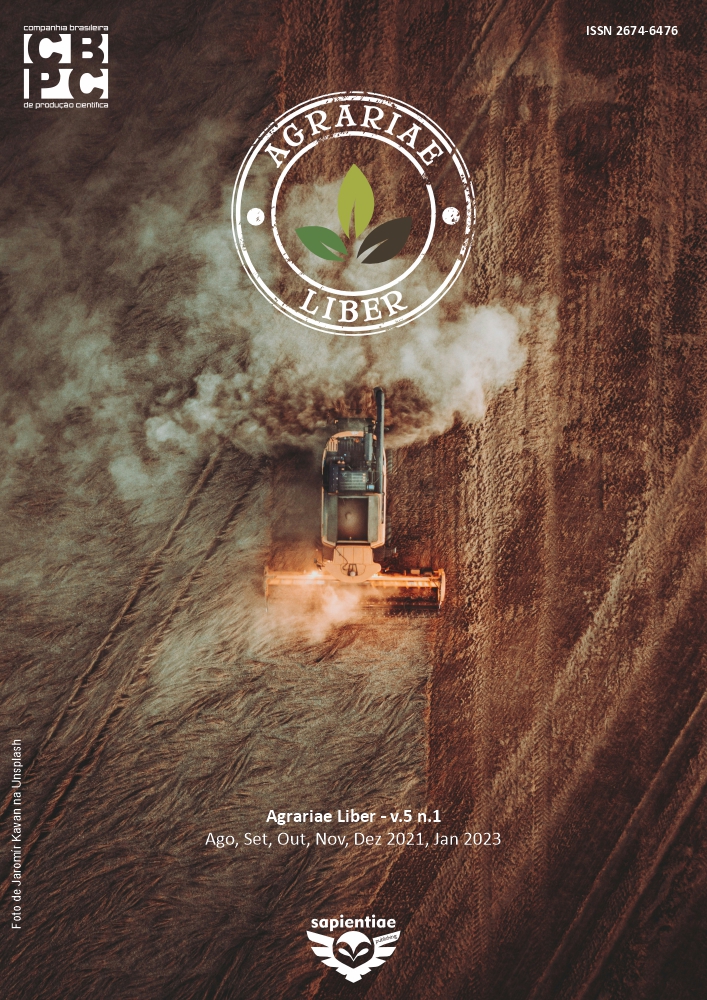Use of intercropped forage systems in the semi-arid region: a review
DOI:
https://doi.org/10.6008/CBPC2237-9290.2023.004.0003Keywords:
Grasses, Legumes, Forage palm, CerealsAbstract
Intercropping systems aim to promote an increase in the productivity of plants cultivated per area. In this sense, this review aimed to describe the main intercropped forage systems that have been used in the semi-arid region. The use of consortium systems between forage species has demonstrated great applicability in production systems, due to their longer forage cycles and improvement in the quality of the food to be provided to the animals. The interest in the use of intercropped pastures has been highlighted along with the growing search for reducing environmental damage caused by intensive production systems, with an increasing search for sustainable and economically viable sources in production systems. The greatest emphasis on intercropping systems is the use of grasses and legumes and the intercropping of cereals with legumes, which aims to improve forage quality. Forage cactus (Opuntia spp. and Nopalea spp.) has been increasingly used in intercropping systems to maximize forage production due to its efficiency in water use. Another strategy is the integration of crop and livestock systems, which has become a key agroecological model for remodeling semi-arid agriculture. The consortium of different forage groups is an alternative for the resistance of pastures in the Brazilian semi-arid region, since forage consortium systems favor the recovery of degraded areas and provide subsidies for the production of animal food.
Downloads
Downloads
Published
Issue
Section
License
Copyright (c) 2023 Natural Resources

This work is licensed under a Creative Commons Attribution-NonCommercial-NoDerivatives 4.0 International License.
The CBPC - Companhia Brasileira de Produção Científica (Brazil CNPJ: 11.221.422/0001-03) the material rights of the published works. The rights relate to the publication of the work anywhere in the world, including rights to renewals, expansions and dissemination of the contribution, as well as other subsidiary rights. All electronically published works may subsequently be published in printed collections under the coordination of this company and / or its partners. The authors preserve the copyright, but are not allowed to publish the contribution in another medium, printed or digital, in Portuguese or in translation.








